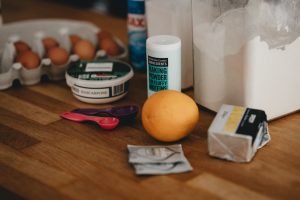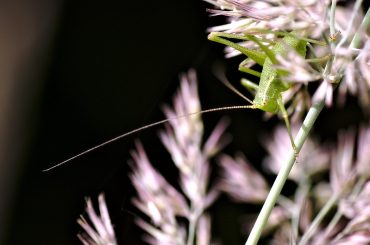White powder oranges are a common phenomenon many people have encountered at some point. While some may think it is simply a natural occurrence or a harmless residue from the fruit’s production process, others may be concerned about consuming oranges with white substances on them. This article will explore the different types of white substances found in oranges, the potential harm or safety of consuming them, and how to prevent and deal with white substances in oranges. By understanding the facts about white powder on oranges, readers can make informed decisions about their consumption and handling of this popular fruit.
Contents
White Powder on Oranges: What is it?
Several white substances can be found on oranges, each with potential causes and potential harm. These include:
- Powdery substances: Sometimes, oranges will be covered in a white powdery substance, which may concern some people. According to, this substance is likely sugars that have come to the surface from the fruit baking in the sun. The ooze dries and turns into a powder. While this substance is generally considered safe, properly washing fruits and vegetables before consuming them is always a good idea.
- White fungus: White fungus on oranges can be a cause for concern, as it may indicate the presence of mold or other harmful microorganisms. According to, several types of white fungus can grow on citrus fruits, including fuzzy white fungus, brown rot, and Phytophthora. These fungi can lead to the deterioration of the fruit and potentially cause health problems if consumed.
Are White Substances on Oranges Harmful?
When it comes to the different types of white substances found in oranges, the question of their safety for consumption is a valid concern. Here is a breakdown of each type and what the research and expert opinions say about their potential harm:
- Powdery substances: As previously mentioned, the powdery substance that can sometimes be found on oranges is likely just sugars that have come to the surface from the fruit baking in the sun. According to this, this substance is generally considered safe to consume. However, it is still important to properly wash fruits and vegetables before consuming them to reduce the risk of harmful bacteria or other contaminants.

- White pith: The white pith of oranges is generally safe to consume, and in fact, it contains beneficial nutrients such as calcium. Many people avoid the pith due to its bitter taste, but it is full of vitamins and minerals. However, it is essential to note that the pith may also contain pesticides or other harmful chemicals if the fruit was not grown organically or was exposed to such substances during production.
- White fungus: White fungus on oranges can be a cause for concern, as it may indicate the presence of mold or other harmful microorganisms. According to, some types of white fungi, such as brown rot, can lead to the deterioration of the fruit and potentially cause health problems if consumed. However, not all types of white fungi are harmful. For example, some experts suggest that fuzzy white fungus is harmless and can be safely consumed if the fruit is otherwise healthy.
How to Prevent and Deal with White Substances on Oranges
While white substances on oranges may not always be harmful, taking steps to prevent their growth and minimize their occurrence is still essential. Here are some tips and strategies for dealing with white substances on oranges:
Preventing White Fungus on Oranges
Keeping the fruit clean and dry is essential to prevent white fungus from growing on oranges. Here are some tips:
- When purchasing oranges, look for smooth and firm fruit with no visible signs of mold or fungus.
- Store oranges in a cool, dry place, such as a refrigerator crisper drawer or a well-ventilated pantry.
- Avoid washing oranges until ready to eat them, as excess moisture can promote fungal growth.
- If you wash your oranges, dry them thoroughly with a clean towel or paper towel before storing them.

Cleaning and Storing Oranges to Prevent Powdery Substances
Powdery substances on oranges are often caused by the fruit baking in the sun, which causes sugars to rise to the surface and then dry out. Here are some tips for minimizing powdery substances on oranges:
- Store oranges in a cool, dry place, such as a refrigerator crisper drawer or a well-ventilated pantry.
- Avoid exposing oranges to direct sunlight for long periods.
- When ready to eat an orange, please rinse it under cool water to remove any surface dust or debris.
Removing the White Pith
The white pith on oranges is edible, but many people find it bitter and prefer to remove it before eating the fruit. Here are some tips for removing the white pith:
- Use a sharp knife to cut off the top and bottom of the orange carefully, then cut a shallow slit down one side.

- Place the orange flat on a cutting board and carefully slice away the peel and pith, following the curve of the fruit.
- Once you have removed all the peel and pith, slice the orange into wedges or sections and enjoy!
white powder oranges,
In conclusion, white substances can appear on oranges for various reasons, including white pith, powdery substances, and white fungus. While the white pith is generally safe to eat and even contains essential nutrients, powdery substances and white fungus can be harmful. It is important to properly clean and store oranges to prevent fungus growth and remove the white pith before eating if desired. By following these tips and being aware of the different types of white substances in oranges, individuals can enjoy this delicious fruit with peace of mind. As always, consult a medical professional if there are concerns about potential allergies or health risks associated with consuming oranges or other citrus fruits.
More Posts :





